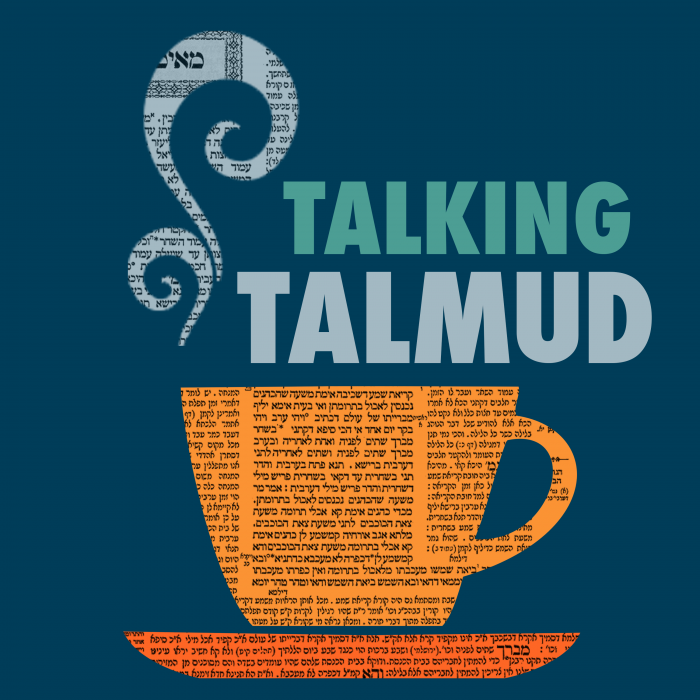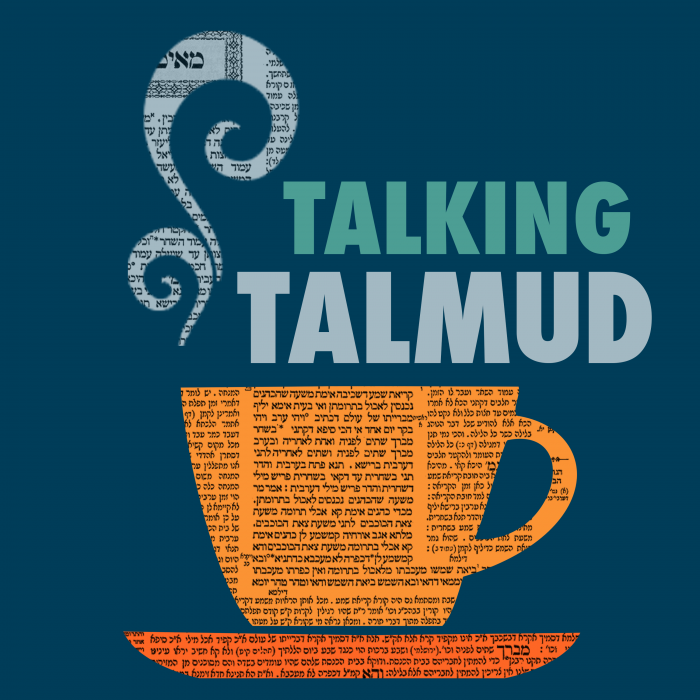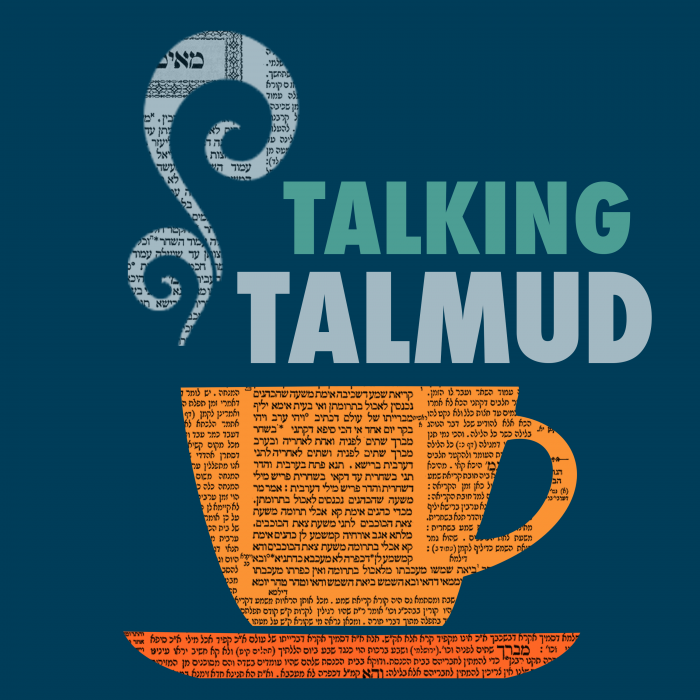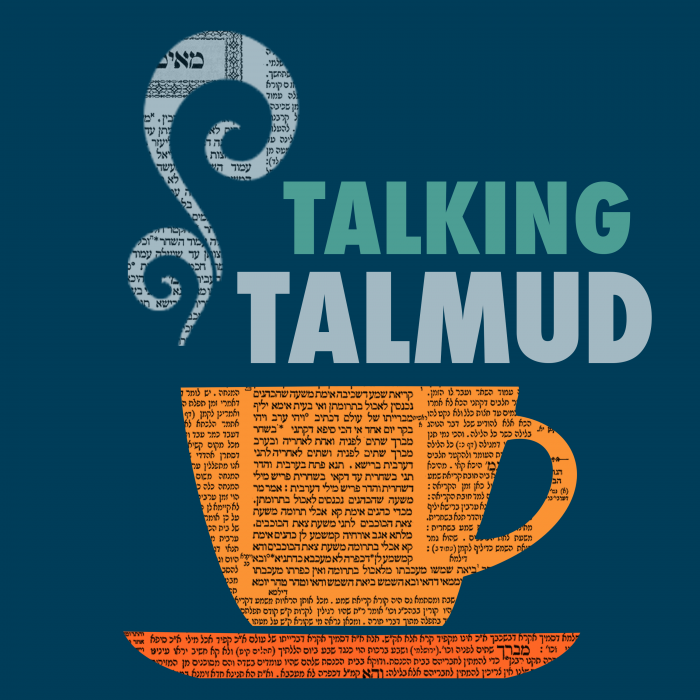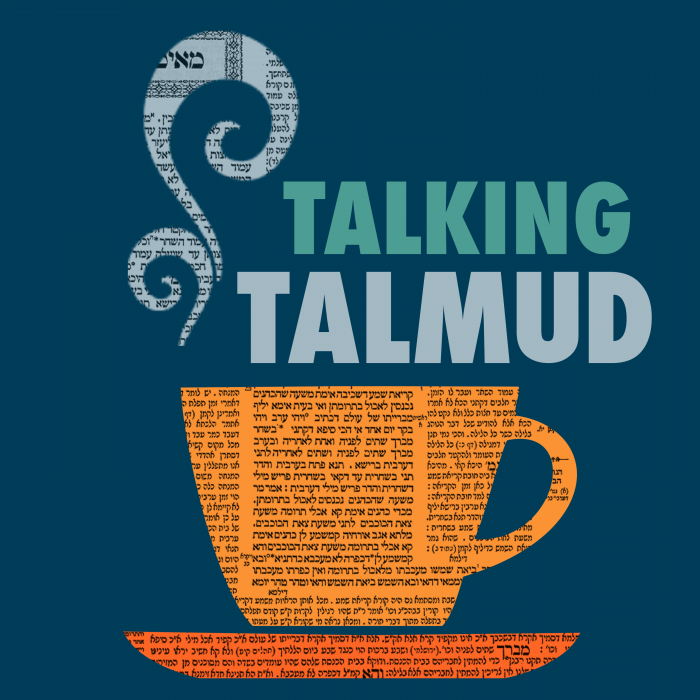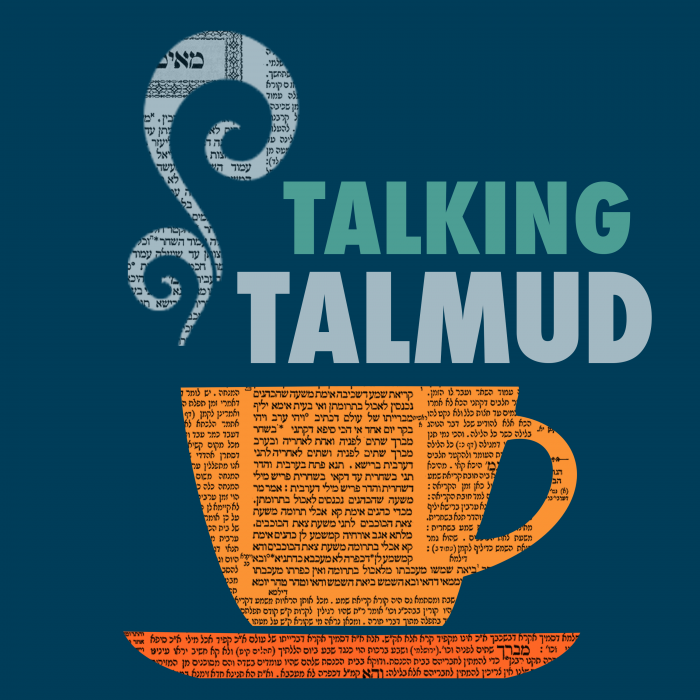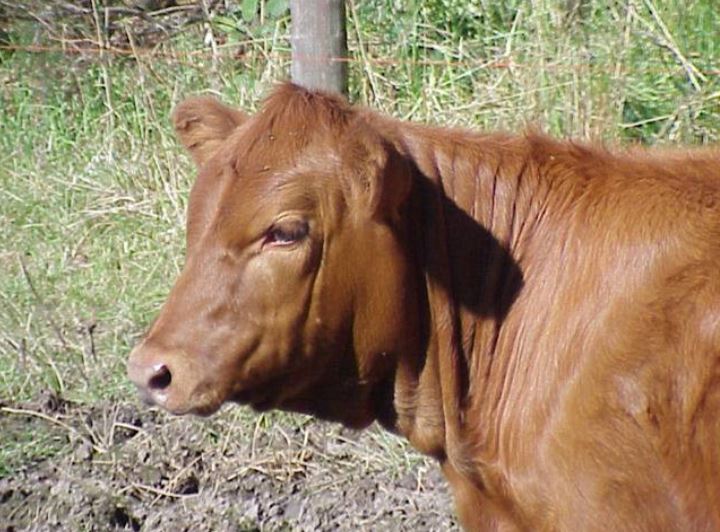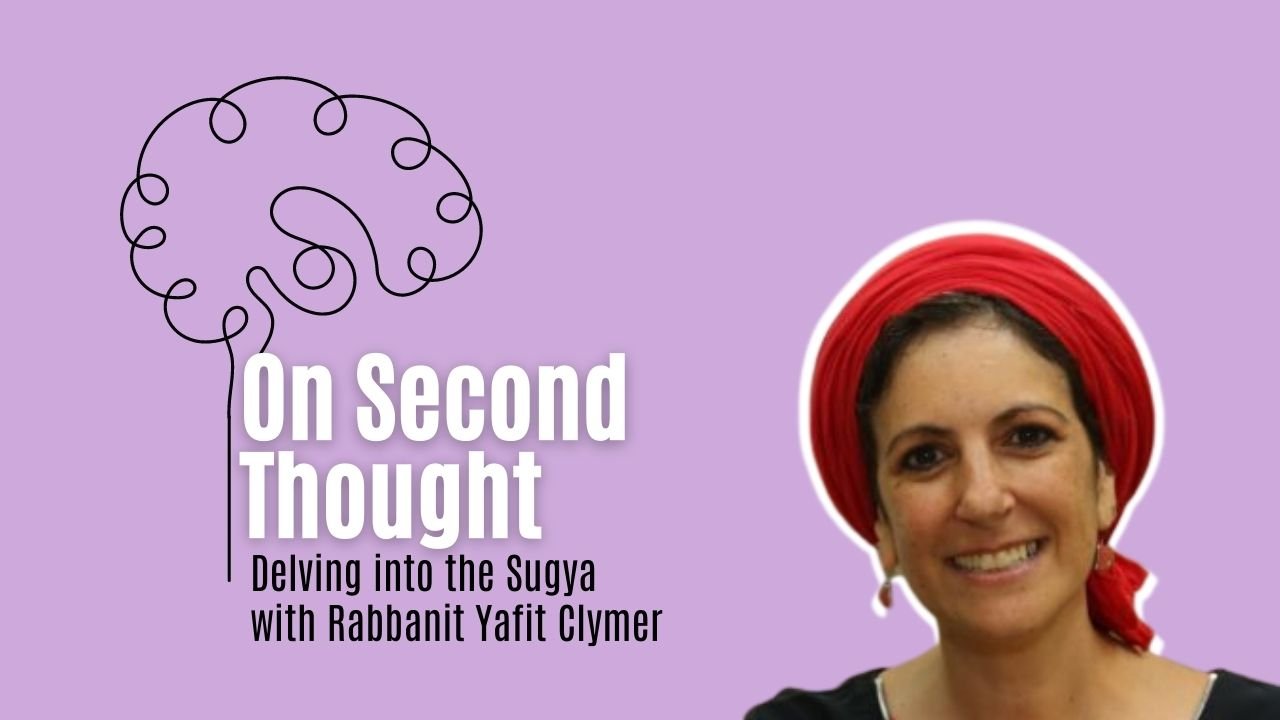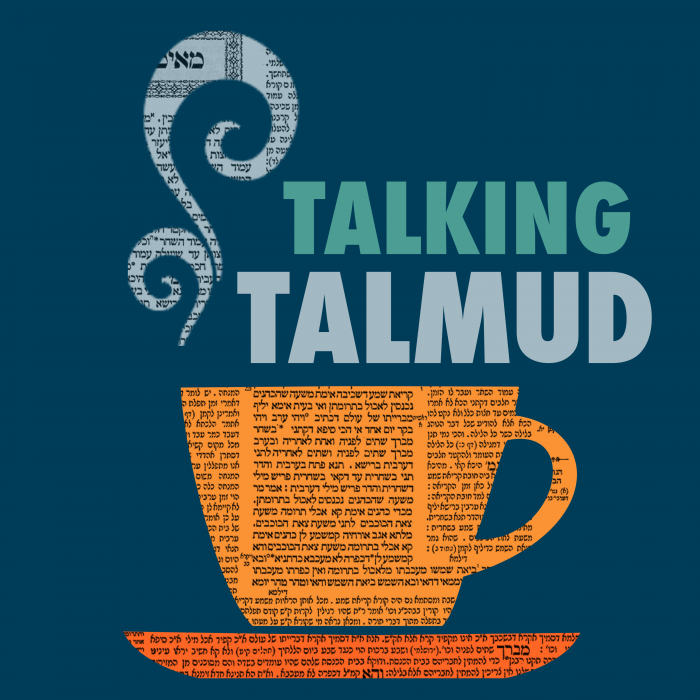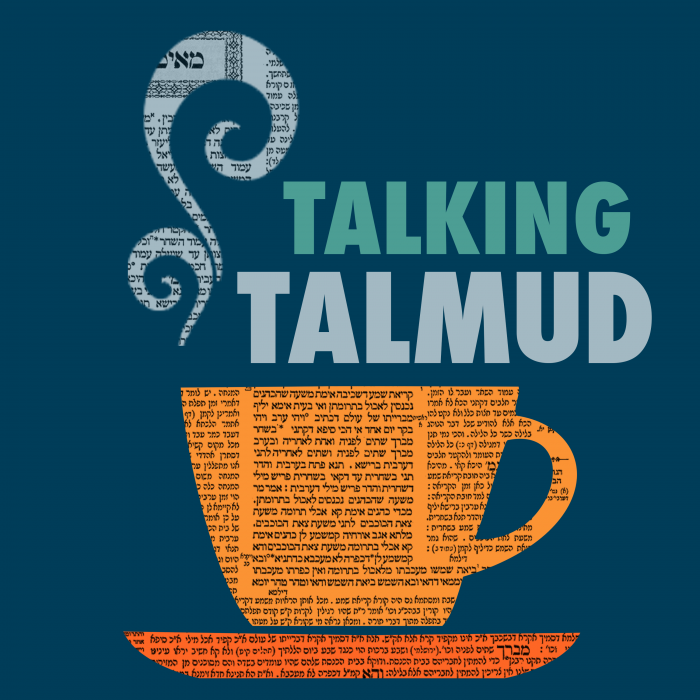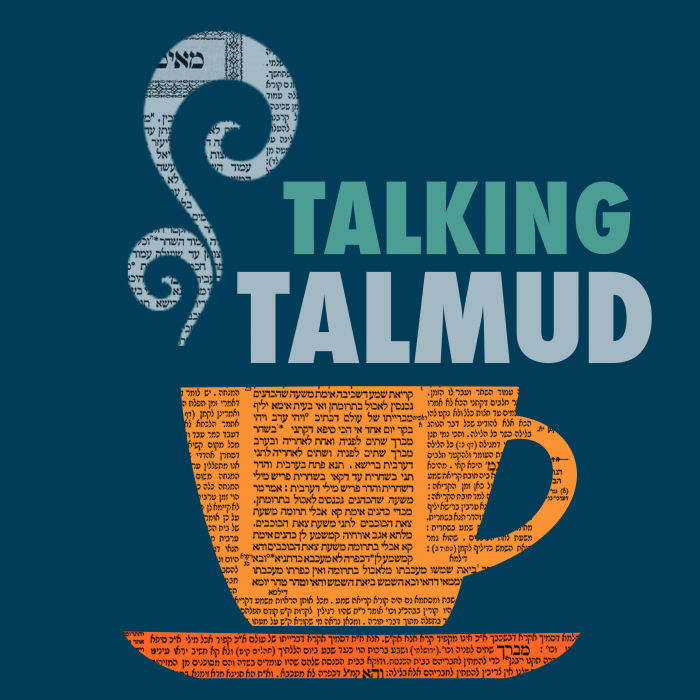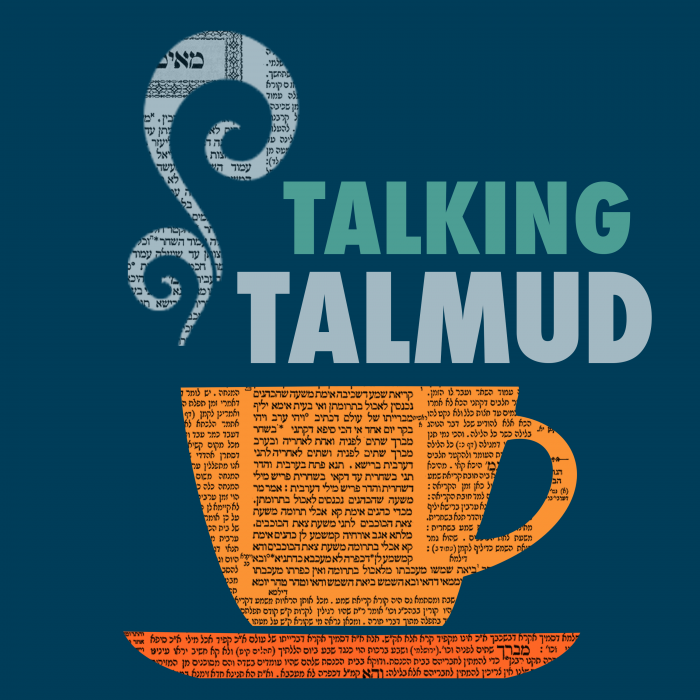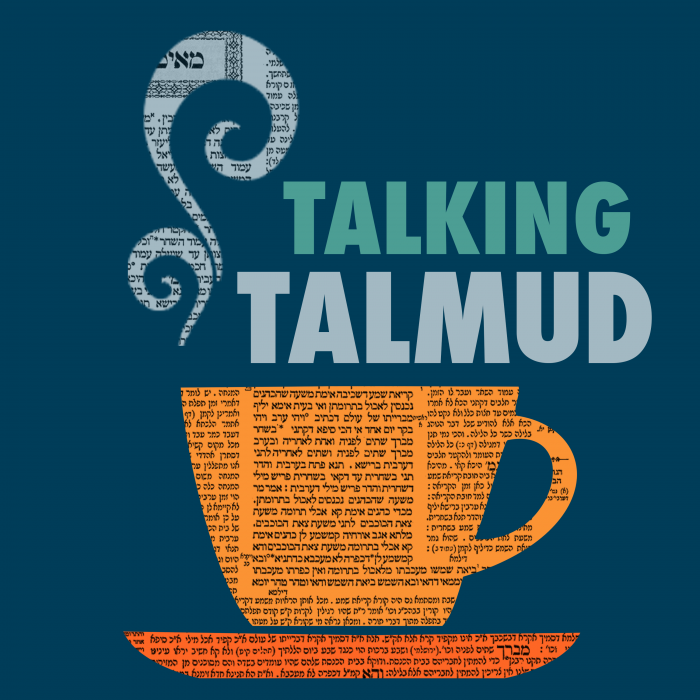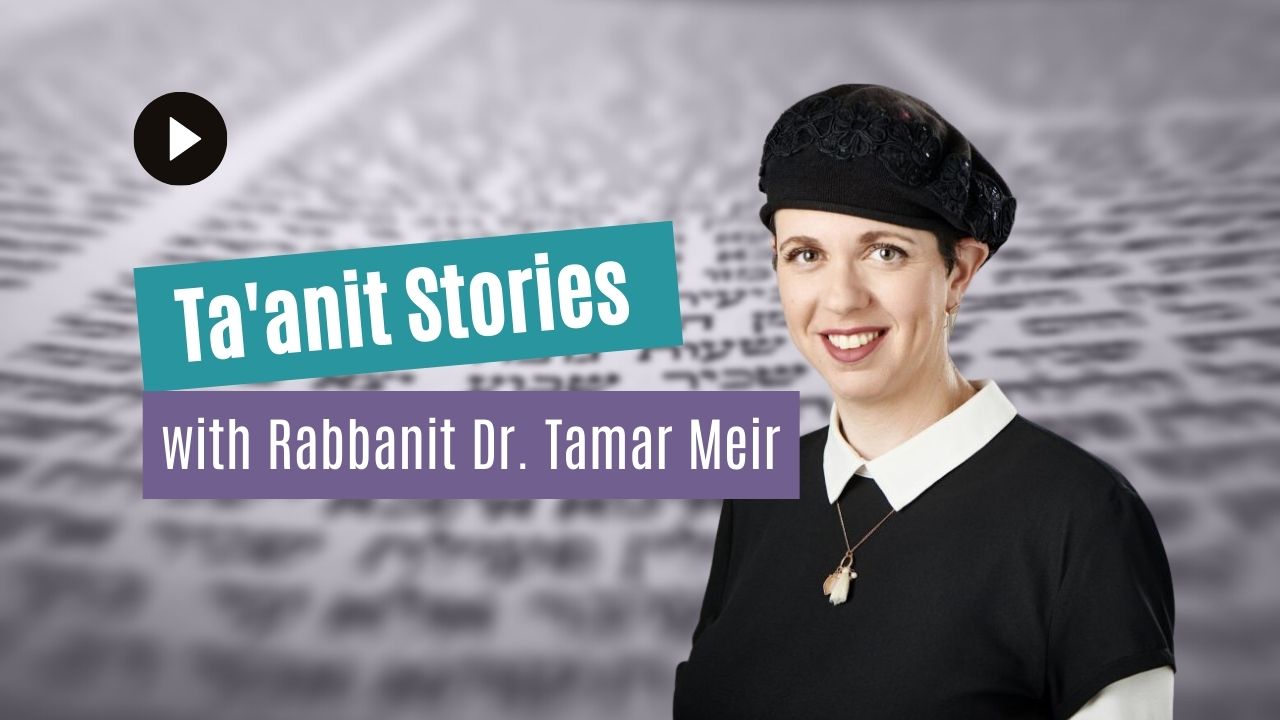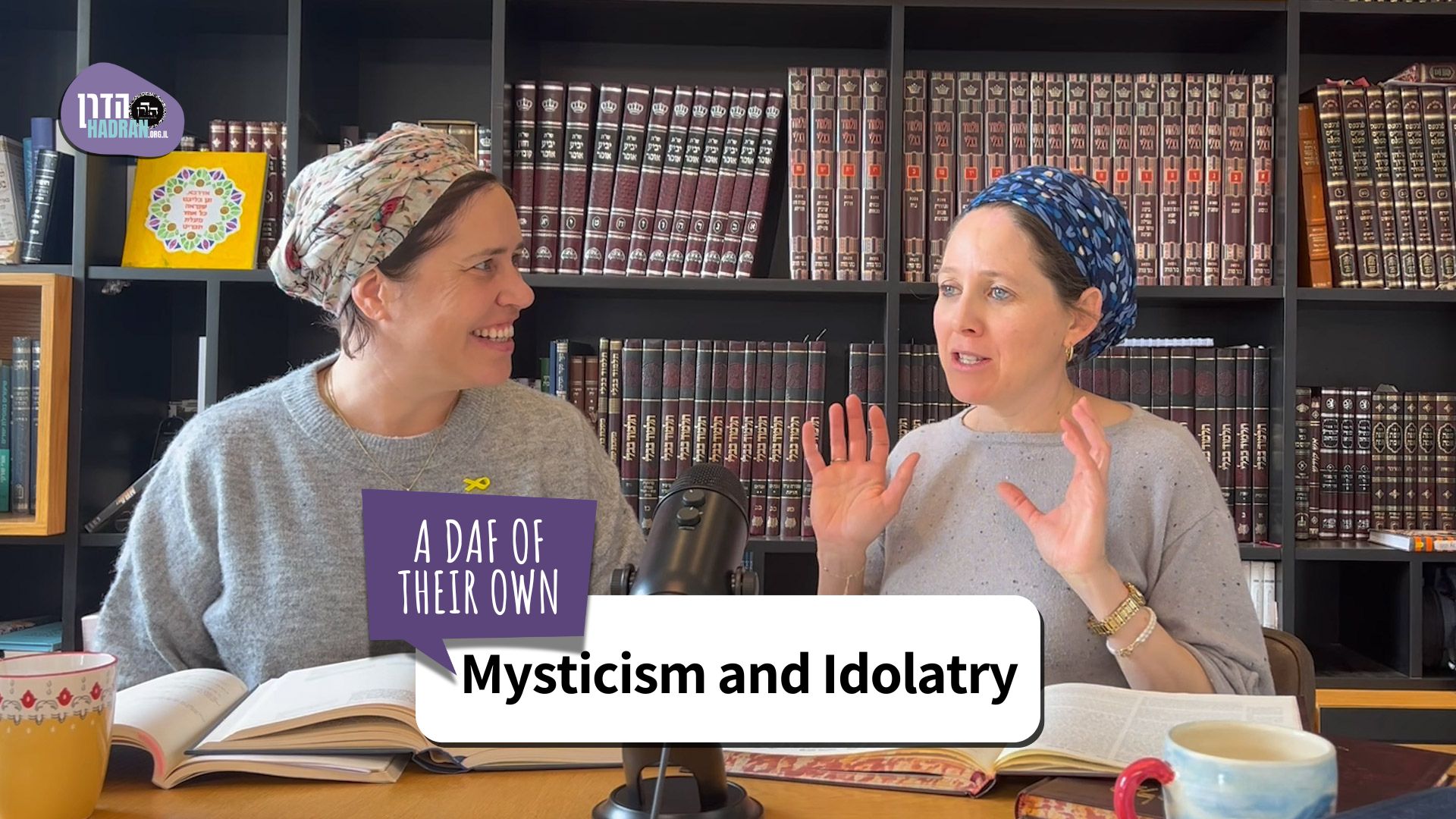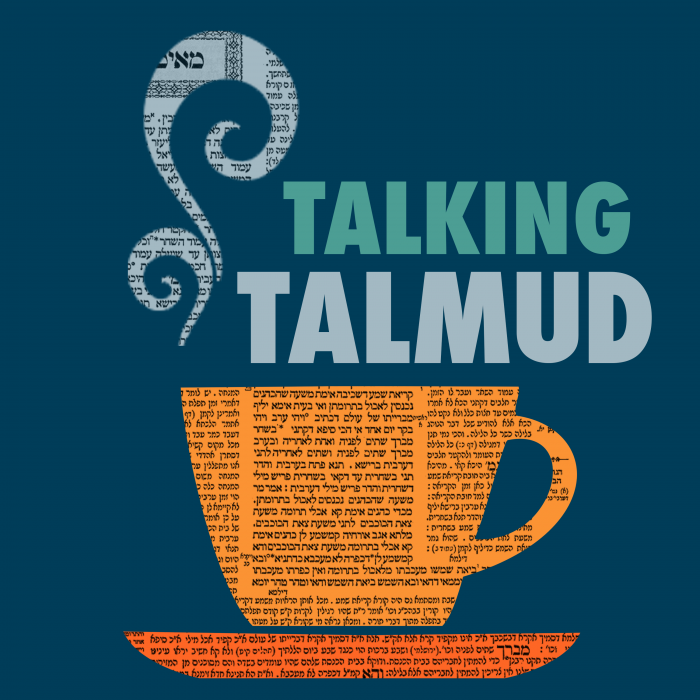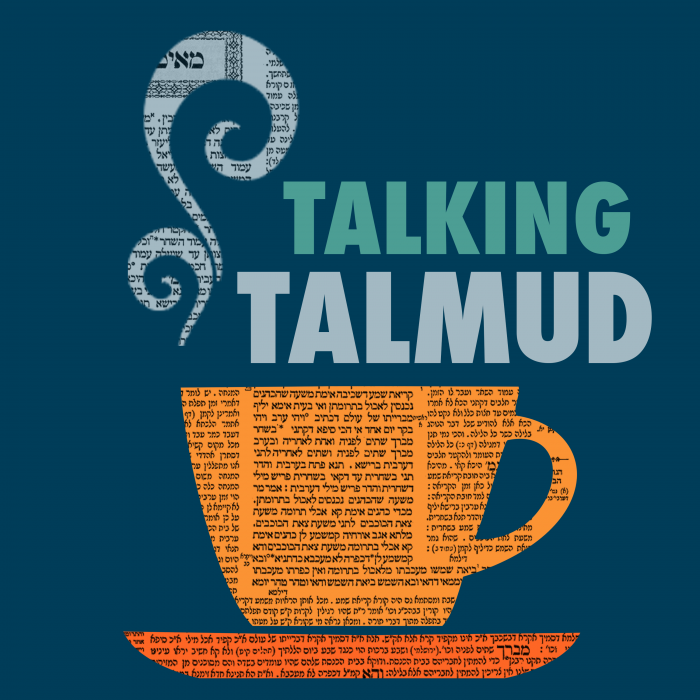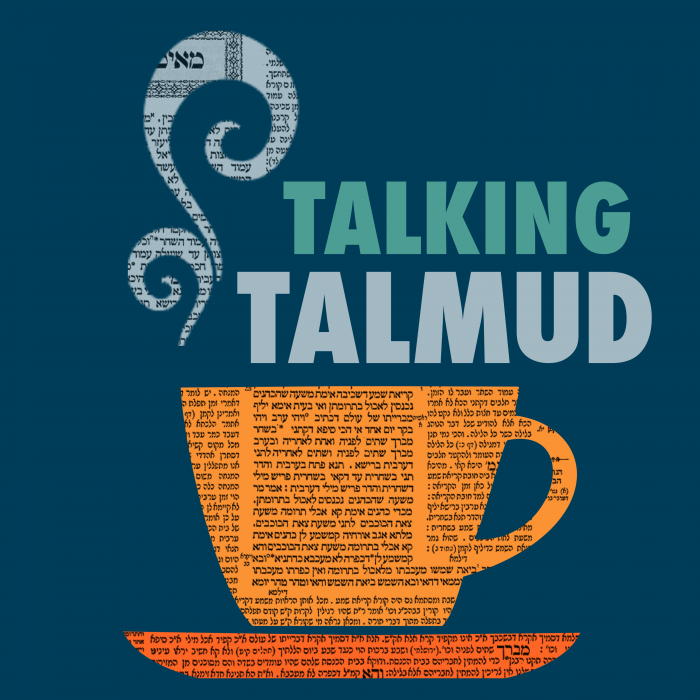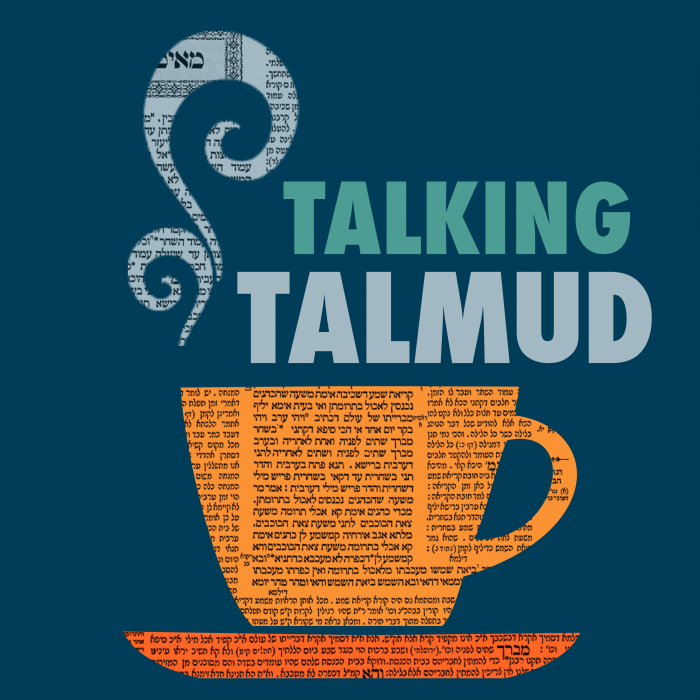What is the status of the two lambs (peace offerings brought with the 2 loaves of bread on Shavuot) that are sacrificed with the wrong intent – are they compared to a sin offering as they are obligatory or to a regular peace offering as they are peace offerings? Daily offerings and musaf offerings – failure to sacrifice one doesn’t prevent the sacrifice of the other. The gemara discusses what exactly the situation is.
This week’s learning is sponsored by Robert and Paula Cohen in loving memory of Joseph Cohen, Yosef ben Moshe HaCohen, z”l. “He was hard working, loved to sing, esp. as a chazan, and was very dedicated to his family and community.”
Want to dedicate learning? Get started here:

Today’s daily daf tools:
This week’s learning is sponsored by Robert and Paula Cohen in loving memory of Joseph Cohen, Yosef ben Moshe HaCohen, z”l. “He was hard working, loved to sing, esp. as a chazan, and was very dedicated to his family and community.”
Today’s daily daf tools:
Delve Deeper
Broaden your understanding of the topics on this daf with classes and podcasts from top women Talmud scholars.
New to Talmud?
Check out our resources designed to help you navigate a page of Talmud – and study at the pace, level and style that fits you.
The Hadran Women’s Tapestry
Meet the diverse women learning Gemara at Hadran and hear their stories.
Menachot 48b
תֵּרֵד וְתִטַּמֵּא, וְאַל יְטַמְּאֶנָּה בַּיָּד, וְרַבִּי יְהוֹשֻׁעַ אוֹמֵר: אַף יְטַמְּאֶנָּה בַּיָּד.
The teruma wine should be allowed to descend and become impure on its own, ruining the non-sacred wine in the lower press, but one should not render it impure through his direct action by catching it in an impure vessel, even though catching it would prevent the wine that is teruma from mixing with his impure, non-sacred wine. And Rabbi Yehoshua says: Since the wine that is teruma will become impure in any event, one may even render it impure through his direct action in order to save his non-sacred wine. This indicates that according to Rabbi Yehoshua it is permitted to sin with regard to one matter, i.e., the wine that is teruma, in order to gain with regard to another matter, i.e., the non-sacred wine.
שָׁאנֵי הָתָם, דִּלְטוּמְאָה קָא אָזְלָא.
The Gemara responds: It is different there, in the case of the wine, because the wine that is teruma is going to become impure in any event. Consequently, his action is not considered a sin, and this is not a case of sinning with regard to one matter in order to gain in another.
כִּי אֲתָא רַב יִצְחָק, תָּנֵי: כִּבְשֵׂי עֲצֶרֶת שֶׁשְּׁחָטָן שֶׁלֹּא כְּמִצְוָתָן – פְּסוּלִין, וּתְעוּבַּר צוּרָתָן, וְיֵצְאוּ לְבֵית הַשְּׂרֵיפָה.
§ The Gemara continues its discussion of the sheep of Shavuot. When Rav Yitzḥak came from Eretz Yisrael to Babylonia he reported traditions that he learned in Eretz Yisrael, and he taught a baraita: With regard to a case of the two sheep of Shavuot where one slaughtered them not in accordance with their mitzva, e.g., he slaughtered them for the sake of a different offering, they are disqualified; and they should be left overnight until their form decays and they attain the status of leftover sacrificial meat, and then they are brought out to the place designated for burning.
אָמַר רַב נַחְמָן: מָר, דְּמַקֵּישׁ לְהוּ לְחַטָּאת – תָּנֵי פְּסוּלִין, תָּנָא דְּבֵי לֵוִי, דְּגָמַר שַׁלְמֵי חוֹבָה מִשַּׁלְמֵי נְדָבָה – תָּנֵי כְּשֵׁרִים.
Rav Naḥman said to Rav Yitzḥak: The Master, i.e., Rav Yitzḥak, who compares the sheep of Shavuot to a sin offering because they are juxtaposed in a verse (see Leviticus 23:19), teaches: The sheep are disqualified, like a sin offering that was slaughtered not for its own sake. By contrast, the tanna of the school of Levi, who derives the halakha with regard to an obligatory peace offering, e.g., the two sheep of Shavuot, from the halakha concerning a voluntary peace offering, teaches that the two sheep remain valid offerings, just as a voluntary peace offering remains valid even if it is slaughtered for the sake of a different offering.
דְּתָנֵי לֵוִי: וּשְׁאָר שַׁלְמֵי נָזִיר שֶׁשְּׁחָטָן שֶׁלֹּא כְּמִצְוָתָן – כְּשֵׁרִין, וְלֹא עָלוּ לַבְּעָלִים לְשֵׁם חוֹבָה, וְנֶאֱכָלִין לְיוֹם וָלַיְלָה, וְאֵין טְעוּנִין לֹא לֶחֶם וְלֹא זְרוֹעַ.
As Levi teaches: And with regard to the other peace offerings of a nazirite that one slaughtered not in accordance with their mitzva, they are valid offerings like voluntary peace offerings, but they do not satisfy the obligation of the owner to bring the required nazirite peace offerings. And these offerings are eaten for only one day and one night, in accordance with the halakha concerning the peace offerings of nazirite, and not for two days and one night like voluntary peace offerings. They require neither bread nor the foreleg, unlike the required peace offering of a nazirite.
מֵיתִיבִי: אָשָׁם בֶּן שָׁנָה וְהֵבִיא בֶּן שְׁתַּיִם, בֶּן שְׁתַּיִם וְהֵבִיא בֶּן שָׁנָה – פְּסוּלִין, וּתְעוּבַּר צוּרָתָן וְיֵצְאוּ לְבֵית הַשְּׂרֵפָה.
The Gemara raises an objection to the opinion of Rav Yitzḥak from that which was taught in a baraita: In a case where one is obligated to sacrifice as a guilt offering an animal in its first year, which the Torah calls a lamb, and instead he brought an animal in its second year, which is considered a ram; or if he is obligated to sacrifice as a guilt offering an animal in its second year and he brought an animal in its first year; the offerings are disqualified. They are to be left overnight until their form decays, and are brought out to the place designated for burning.
אֲבָל עוֹלַת נָזִיר, וְעוֹלַת יוֹלֶדֶת, וְעוֹלַת מְצוֹרָע, שֶׁהָיוּ בְּנֵי שְׁתֵּי שָׁנִים, וּשְׁחָטָן – כְּשֵׁרִין.
But in the case of the burnt offering of a nazirite, i.e., the lamb that is sacrificed when he completes his naziriteship; or the burnt offering of a woman after childbirth, i.e., the lamb she sacrifices on the forty-first day after giving birth to a son or on the eighty-first day after giving birth to a daughter; or the burnt offering of a leper, i.e., the lamb that is sacrificed after he is purified; in all of these cases if the animals were in their second year instead, and one slaughtered them, the offerings are valid.
כְּלָלוֹ שֶׁל דָּבָר: כׇּל הַכָּשֵׁר בְּעוֹלַת נְדָבָה – כָּשֵׁר בְּעוֹלַת חוֹבָה, וְכׇל הַפָּסוּל בְּחַטָּאת – פָּסוּל בְּאָשָׁם, חוּץ מִשֶּׁלֹּא לִשְׁמוֹ.
The baraita concludes: The principle of the matter is: Any animal that is valid as a voluntary burnt offering is also valid as an obligatory burnt offering, and any animal that is disqualified as a sin offering is also disqualified as a guilt offering, except for an offering that was sacrificed not for its own sake, which is disqualified in the case of a sin offering but not a guilt offering. This demonstrates that the halakhot of obligatory burnt offerings are derived from those of voluntary burnt offerings, despite the fact that the burnt offering of a nazirite is juxtaposed to the sin offering of a nazirite (see Numbers 6:14) and the burnt offering of a leper is juxtaposed to the sin offering of a leper (see Leviticus 14:19). Similarly, the halakha pertaining to the sheep of Shavuot, which are obligatory peace offerings, should be derived from the halakha pertaining to voluntary peace offerings, and not from the halakha pertaining to a sin offering as Rav Yitzḥak holds.
הַאי תַּנָּא, תַּנָּא דְּבֵי לֵוִי הוּא.
The Gemara answers: This tanna, who taught this baraita, is the tanna of the school of Levi cited earlier, who holds that if one slaughters a sheep of Shavuot not for its own sake, it is nevertheless valid.
תָּא שְׁמַע, דְּתָנֵי לֵוִי: אֲשַׁם נָזִיר וַאֲשַׁם מְצוֹרָע, שֶׁשְּׁחָטָן שֶׁלֹּא לִשְׁמָן – כְּשֵׁרִים, וְלֹא עָלוּ לַבְּעָלִים לְשׁוּם חוֹבָה.
The Gemara discusses the opinion of Rav Naḥman, who maintains that the tanna of the school of Levi holds that a sheep of Shavuot slaughtered not for its own sake is valid because he derives its halakha from that of a voluntary peace offering. Come and hear what Levi teaches to the contrary, as Levi teaches: The guilt offering of a nazirite, i.e., the lamb he brings on the eighth day after becoming impure through contact with a corpse, and the guilt offering of a leper, i.e., the lamb he brings at the completion of his purification, that one slaughtered not for their sake are valid, but they did not satisfy the obligation of the owner.
שְׁחָטָן מְחוּסַּר זְמַן בִּבְעָלִים, אוֹ שֶׁהָיוּ בְּנֵי שְׁתֵּי שָׁנִים וּשְׁחָטָן – פְּסוּלִין.
If one slaughtered them when the time had not yet arrived for their owners to sacrifice these offerings, or they were in their second year instead of their first year and one slaughtered them, they are disqualified.
וְאִם אִיתָא, לִיגְמַר מִשְּׁלָמִים? שְׁלָמִים מִשְּׁלָמִים – גָּמַר, אָשָׁם מִשְּׁלָמִים – לָא גָּמַר.
The Gemara comments: But if it is so that Levi derives the halakhot of an obligatory offering from those of a voluntary one, let him derive the halakha of the guilt offering from that of the peace offering, in which case the guilt offerings should be valid even if they were in their second year. The Gemara answers: Levi derives the halakha concerning an obligatory peace offering from the halakha concerning a voluntary peace offering, but he does not derive the halakha concerning a guilt offering from the halakha concerning a peace offering.
וְאִי גָּמַר שְׁלָמִים מִשְּׁלָמִים, לִיגְמַר נָמֵי אָשָׁם מֵאָשָׁם: אֲשַׁם נָזִיר וַאֲשַׁם מְצוֹרָע מֵאֲשַׁם גְּזֵילוֹת וַאֲשַׁם מְעִילוֹת, אוֹ אֲשַׁם גְּזֵילוֹת וַאֲשַׁם מְעִילוֹת מֵאֲשַׁם נָזִיר וַאֲשַׁם מְצוֹרָע.
The Gemara further challenges the statement of Rav Naḥman: But if Levi derives the halakha of an obligatory peace offering from that of a voluntary peace offering, let him similarly derive the halakha of one guilt offering from that of another guilt offering. He should derive that the guilt offering of a nazirite and the guilt offering of a leper are valid even if the animal is in its second year from the halakha concerning a guilt offering for robbery and a guilt offering for misuse of consecrated property, which are supposed to be a ram in its second year. Or, if one brought a lamb in its first year as a guilt offering for robbery or a guilt offering for misuse of consecrated property, Levi should derive that it is valid from the halakha concerning the guilt offering of a nazirite and the guilt offering of a leper, which are lambs in their first year.
אָמַר רַב שִׁימִי בַּר אָשֵׁי: דָּנִין דָּבָר שֶׁלֹּא בְּהֶכְשֵׁירוֹ מִדָּבָר שֶׁלֹּא בְּהֶכְשֵׁירוֹ, וְאֵין דָּנִין דָּבָר שֶׁלֹּא בְּהֶכְשֵׁירוֹ מִדָּבָר שֶׁבְּהֶכְשֵׁירוֹ.
Rav Shimi bar Ashi said: One can derive the halakha with regard to an item that is prepared not in its valid manner, e.g., the sheep of Shavuot that were slaughtered not for their own sake, from the halakha with regard to another item that is prepared not in its valid manner, e.g., a voluntary peace offering slaughtered not for its own sake. But one cannot derive the halakha with regard to an item that is prepared not in its valid manner, e.g., the guilt offering of a nazirite or a leper that is sacrificed when it is in its second year, from the halakha with regard to an item that is prepared in its valid manner, e.g., a guilt offering for robbery or for misuse of consecrated property that is sacrificed when it is in its second year.
וְלָא? וְהָא תַּנְיָא: מִנַּיִן לְיוֹצֵא, שֶׁאִם עָלָה לֹא יֵרֵד? שֶׁהֲרֵי יוֹצֵא כָּשֵׁר בְּבָמָה.
The Gemara asks: And can one not derive the halakha with regard to disqualified offerings from the halakha with regard to fit offerings? But isn’t it taught in a baraita: From where is it derived with regard to an item that left the Temple courtyard and was thereby disqualified that if it nevertheless ascended upon the altar it shall not descend? It is derived from the fact that an item that left is valid for sacrifice on a private altar. Here, the baraita derives the halakha with regard to an disqualified offering from the halakha with regard to a fit offering.


